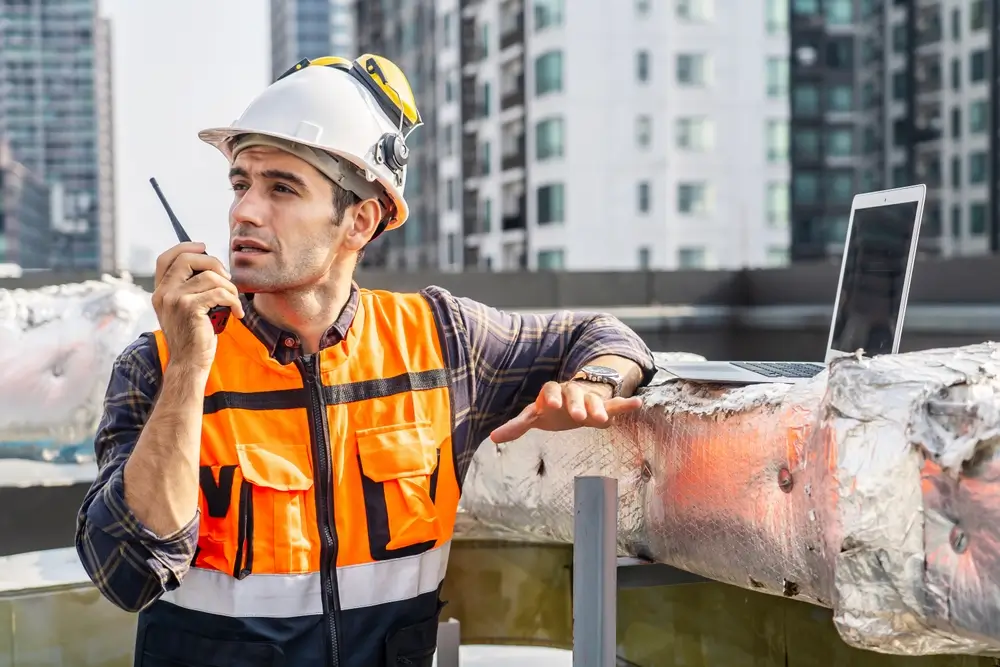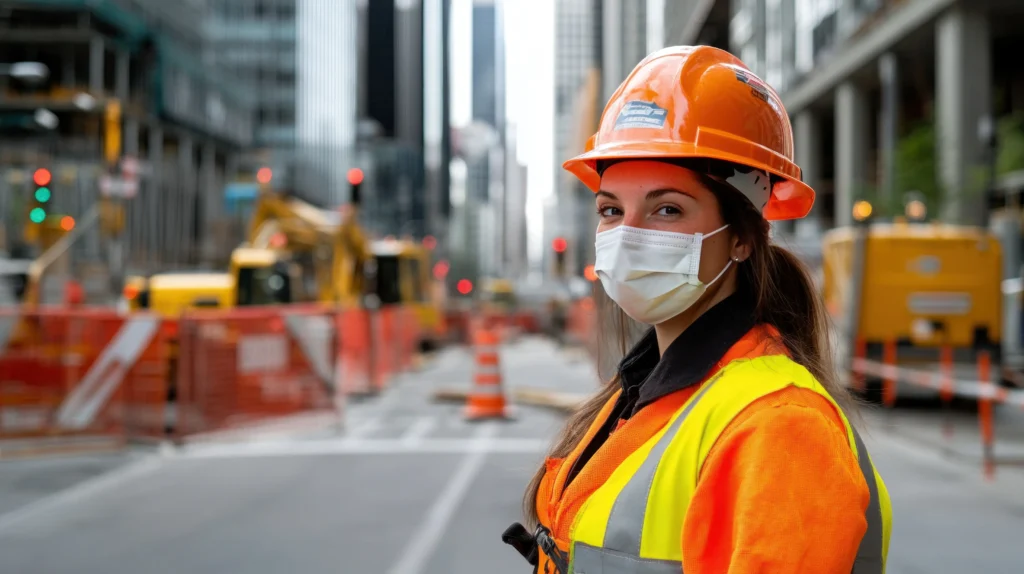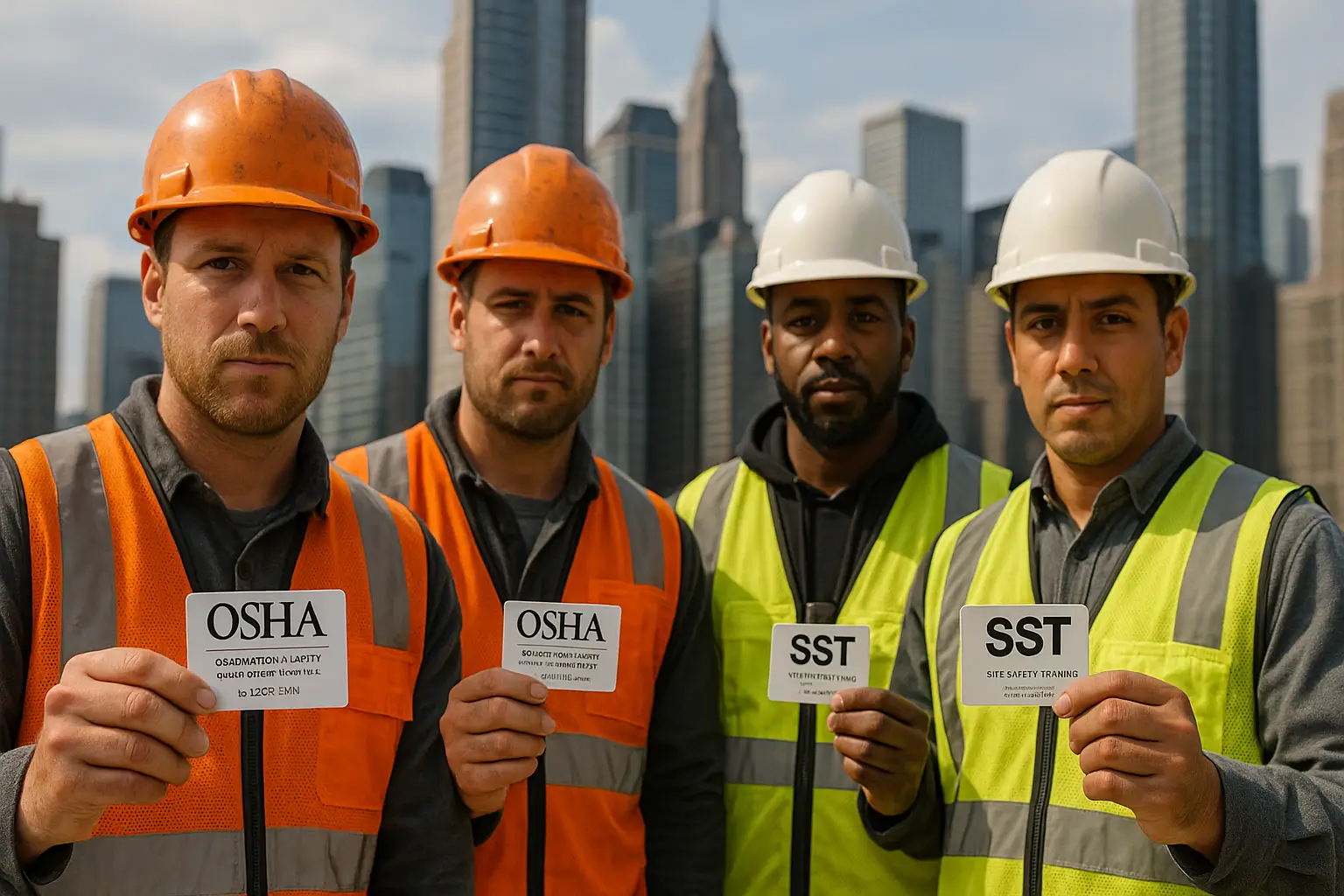OSHA 30 vs SST Card: Key Differences for NYC Workers
Updated on:
October 24, 2025
Published on:
October 30, 2025
In New York’s construction industry, safety certifications are more than just credentials; they’re legal requirements that protect workers and ensure safer job sites. Two of the most common certifications are the OSHA 30 and the SST (Site Safety Training) Card, both essential for compliance but serve different purposes.
While the OSHA 30 focuses on federal safety standards, the SST Card is specific to New York City’s local laws. In this blog, we’ll break down the key differences between these two certifications, explain who needs them, and outline how to get each card to stay compliant with NYC construction safety regulations.
What is the OSHA 30 Card?
The OSHA 30-Hour Construction Course is a comprehensive safety training program developed by the Occupational Safety and Health Administration (OSHA), a federal agency under the U.S. Department of Labor. This course is designed to educate workers, supervisors, and site leaders on recognizing, avoiding, and preventing workplace hazards in the construction industry.
The training covers essential safety topics such as fall protection, electrical safety, scaffolding, excavation, personal protective equipment (PPE), hazard communication, and more. It also includes guidance on workers’ rights, employer responsibilities, and how to report unsafe conditions.
Upon completion, participants receive an OSHA 30 Card, which serves as proof of training in federal workplace safety standards. While the course itself is valid nationwide and never expires, some employers or local laws, like in New York City, may require refresher courses or additional training. In NYC, the OSHA 30 is often used as a foundation toward earning the Site Safety Training (SST) Card, making it a critical first step for construction professionals.
What is the SST Card?
The Site Safety Training (SST) Card is a mandatory certification required under New York City’s Local Law 196, which was enacted to enhance safety standards on construction sites. The law, enforced by the New York City Department of Buildings (DOB), requires most construction and demolition workers at larger job sites to complete a set number of approved safety training hours.
The SST program is specific to New York City and goes beyond federal OSHA training by including topics relevant to local construction risks and regulations. Workers are typically required to obtain a 40-hour SST Card, while supervisors, including site safety managers and forepersons, must complete a 62-hour SST training.
These courses cover a wide range of safety topics such as fall prevention, drug and alcohol awareness, tool safety, and site-specific hazard control. The goal is to ensure that everyone on NYC construction sites has consistent, comprehensive safety knowledge, reducing accidents and maintaining compliance with local safety laws.
Key Differences Between OSHA 30 and the NYC SST Card
Below are clear, focused comparisons to help readers understand the purpose, issuer, recognition, training hours, and validity of both credentials. Read on!
Purpose
The OSHA 30 program provides broad, federally recognized training focused on general construction safety and hazard awareness. It’s designed to help workers and supervisors identify, prevent, and manage workplace hazards across different job sites in the U.S. In contrast, the SST Card is a New York City–specific credential created under Local Law 196 to ensure that construction workers receive DOB-approved safety training tailored to NYC’s unique site conditions and regulations.
Issuer
The OSHA 30 card is issued through OSHA-authorized trainers and training institutions recognized nationwide. The SST Card, however, is administered only by Department of Buildings (DOB)–approved providers within New York City, making it exclusive to the city’s construction workforce.
Recognition
OSHA 30 is accepted and valued across the United States as a benchmark for construction safety training. The SST Card, on the other hand, is valid only for worksites regulated by the NYC Department of Buildings, ensuring compliance with local safety mandates rather than federal ones.
Training Hours
The OSHA 30 course includes 30 hours of general safety instruction covering topics like fall protection, PPE, and hazard communication. The SST system requires 40 hours for workers and 62 hours for supervisors, combining OSHA content with additional NYC-specific safety modules such as drug and alcohol awareness and fall prevention.
Validity
OSHA 30 cards do not expire, though refresher training is encouraged to keep safety knowledge current. SST Cards may require periodic renewal or refresher courses as regulations evolve or when mandated by the DOB, ensuring ongoing compliance and up-to-date safety awareness.
How the Two Work Together
The OSHA 30 course often serves as the foundation for earning an SST Card in New York City. Workers who have completed OSHA 30 can apply those training hours toward the SST requirements, reducing the total number of additional hours needed. After submitting proof of OSHA completion to a DOB-approved provider, they can take the remaining NYC-specific courses to reach the full 40-hour or 62-hour SST total. In short, OSHA 30 builds essential safety knowledge, while the SST Card completes the city’s legal training requirements for working on regulated construction sites.
How to Get Each Card
To earn an OSHA 30 Card, workers can complete a 30-hour construction safety course through OSHA-authorized training providers, available both online and in-person. After finishing all modules and passing the assessments, participants receive an official Department of Labor (DOL) card by mail.
For the SST Card, individuals must take their OSHA 10 or 30 certificate to a NYC Department of Buildings (DOB)–approved training provider. They then complete the remaining required SST courses, also offered online or in classrooms, to reach the total of 40 or 62 hours. Once verified, the provider issues the official SST card.
Wrap Up
Both the OSHA 30 and SST Card play essential roles in building a safer construction workforce. While OSHA 30 provides broad, nationwide safety training, the SST Card ensures compliance with New York City’s stricter local standards. Together, they equip workers with the knowledge and credentials needed to operate safely and legally on job sites. For anyone pursuing or continuing a construction career in NYC, understanding and obtaining both certifications isn’t just a legal requirement; it’s a vital investment in personal safety, professional growth, and a stronger safety culture across the industry.
Related Posts

OSHA 10 and 30-Hour Courses for Lowest Possible Prices

How to Renew Your SST Card in NYC: Step-by-Step Guide



